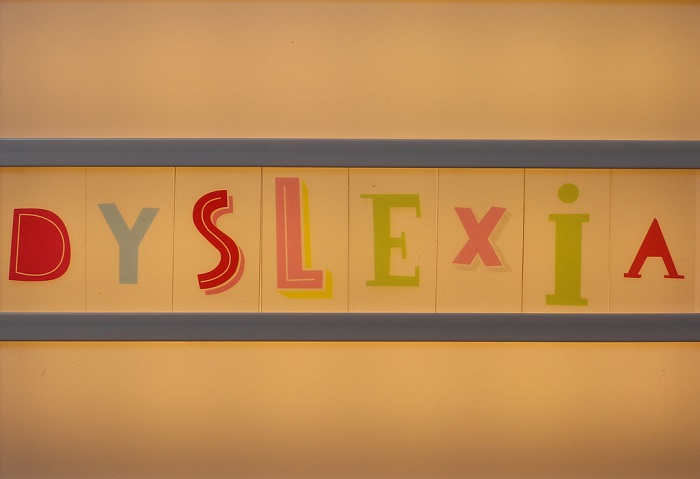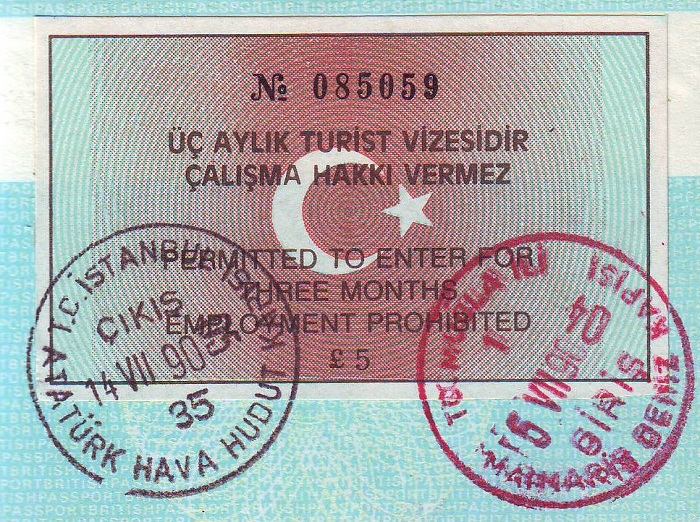Education
Learning to Teach Kids With Disabilities like Dyslexia

Problems like dyslexia, autism, down syndrome, etc., can be extremely disheartening. Parents might not understand their children in most instances and also not be able to provide adequate assistance. In today’s scenario, professionals working in the education sector use special techniques to educate kids with such disorders. Interested individuals can opt for training programs like Orton Gillingham, LEAN, etc. These solutions allow candidates to empathise with disabled individuals and use techniques to educate them holistically. Thus, this article will shed light on a few of these methods. It will further highlight the benefits of such courses.
Techniques Used
As iterated earlier, professionals use different techniques to educate and teach values to kids with disabilities. These methods play a significant role in the industry. Here are some of the methods used.
i) Assistive technology – First and foremost, assistive technology plays a monumental role in helping disabled individuals. These kinds of instruments are developed especially for people with disorders. A simple example is a braille display. Braille is a language used by blind people to read. They follow the patterns by feeling them with their fingers, and the braille alphabet can then be matched to the regular alphabet and, subsequently, the word. Assistive technology also helps kids with dyslexia as they can use software to hear lectures and interpret them in easier methods.
ii) Visual Aids – Another significant factor that often gets spoken of is visual aids. Professors can teach their students using visual aids. This activity allows the student with the disability to look at graphic images and associate them with a particular element. For instance, pictures of apples for “A for apple” can make a huge difference in educating a child with dyslexia or a similar disorder. Research studies also suggest that using visual aids is an excellent way to teach most people today. Professionals working in institutions and teaching courses like Orton Gillingham courses understand the difficulties of dyslexic individuals and implement them in their curricula.
iii) Repetition – Finally, professionals should also repeat their instructions multiple times. Unlike average students, people with disabilities have issues comprehending things in the first attempt. People get used to the command when someone repeats the instruction multiple times. However, often one can observe how different individuals get irritated if something gets repeated. Training programs like Orton Gillingham offer simple solutions to such behaviour.
Benefits of Programs
As observed, professionals use industry-established techniques to educate disabled candidates. These kinds of programs have multiple benefits. Here are some advantages one can notice.
i) Certifications – First and foremost, these kinds of training programs are recognised worldwide. Professionals offer certificates to candidates that take them up. This activity allows the candidate to add it to their resume. They can use such certifications when they apply for jobs in the future. Companies recognise the values of these courses and also get impressed at times.
ii) Expertise –Professionals providing such knowledge have the expertise in the industry to educate candidates on various techniques. However, they also learn something new every day. Learning is a never-ending process, and professionals grow to become even wiser.
iii) Versatile – Finally, professionals divide the course into different parts. Individuals can opt for the course they prefer based on their free time and other requirements. If one is choosing to give their all for such programs, they can do that as well. Thus, the versatile nature is highly preferred.
In conclusion, training kids with dyslexia and other mental disorders isn’t an easy endeavour. It involves using certain techniques that one might not know. OG courses offer insights into such arenas and help individuals pursue their passions today.




![[pii_email_4c910535350b5a41ee81] Error Code Resolved](https://wigily.com/wp-content/uploads/2020/09/pii_email_4c910535350b5a41ee81-Error-Code-Resolved.jpg)
